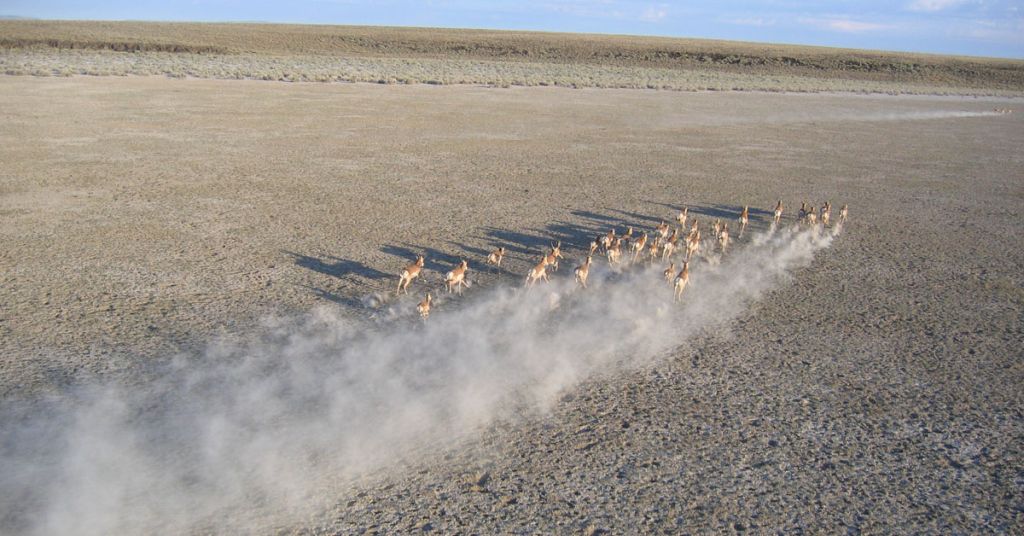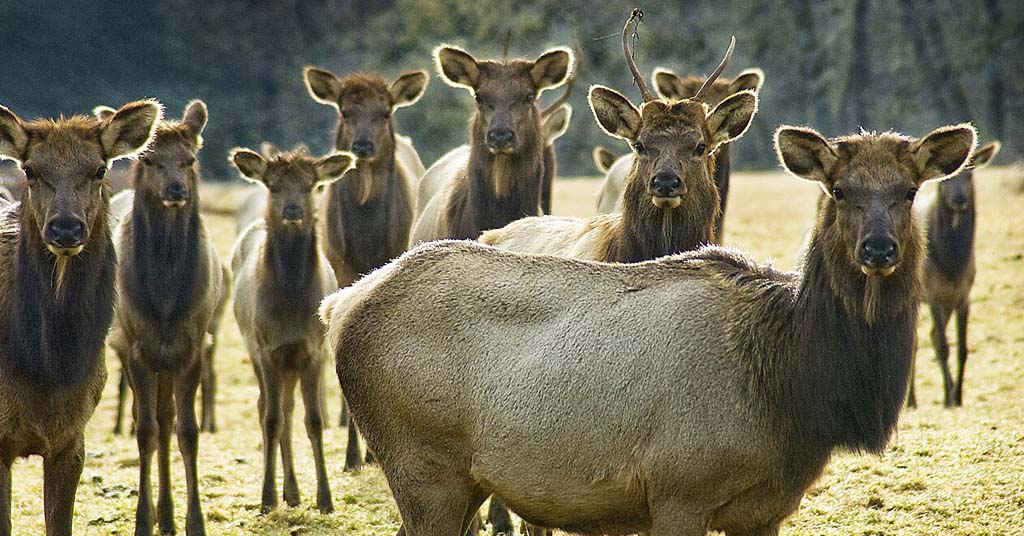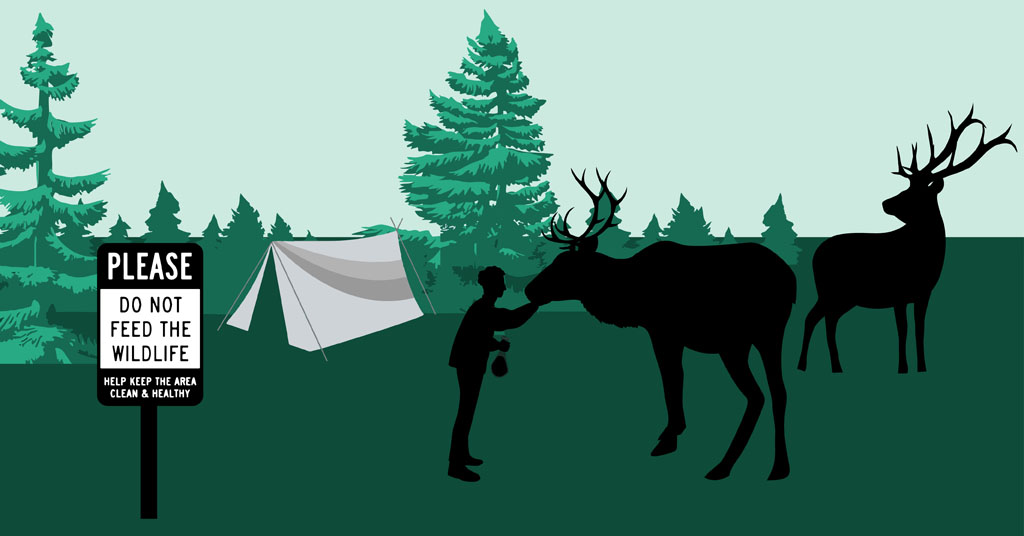Declining vegetation is one of many factors imperiling animal populations by altering traditional migratory routes

Moving portrait: A study says migration of animals such as these pronghorn in the Sheldon National Wildlife Refuge on the Oregon-Nevada border is being impacted in new ways. Photo: Gail Collins/USFWS
By Chuck Thompson. November 7, 2022. It’s well known that roads, fencing, residential and commercial development and industrial operations disrupt animal pathways.
Now we can add climate change to the ignominious list of impediments to the migratory movements of mule deer, elk, pronghorn and other ungulate species.
A new report from the Pew Charitable Trust says climate change is contributing to changing migration patterns across the West. The result is less vigorous herds and population declines.
“Climate change is altering the growth patterns and abundance of forage at key locations and times of year,” according to the report. “One of the primary ways in which climate change may affect migratory ungulates is by shortening growing seasons and increasing the frequency and intensity of droughts, which can reduce the forage that animals access along their migratory routes.”
The Wyoming Migration Initiative placed GPS collars on deer, elk, pronghorn and other migratory animals to gather information for the Pew report.
“A lot of people don’t associate wildlife movement with climate change,” Kathy Rinaldi, the Idaho conservation coordinator for the Greater Yellowstone Coalition, told the Idaho Statesman. “With a warming and drying climate, we’re already starting to see changes in precipitation, which ultimately changes vegetation.”
In addition, wrote the Statesman, when landscapes burn, native grasses and brush can be displaced by invasive plants that don’t provide proper nutrition for wildlife.
“When migration pathways are blocked or disrupted, animal populations tend to decline,” according to the Pew report. “Because animals in some species learn how and where to migrate from older members of the herd, disturbance of a route for more than a generation can mean the long-term or permanent loss of that inherited knowledge and, with it, vital nutritional and fitness resources.”










